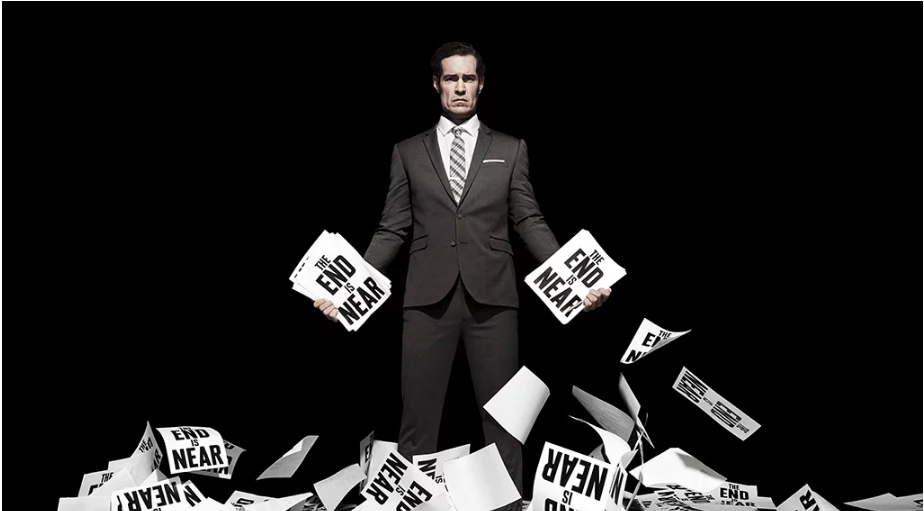
What You Need To Know About Crafting An Agile Financial Plan
Agile financial planning is the most effective method I’ve seen to help people successfully reach their financial goals.
“Plans are useless. But planning is INDISPENSABLE.”
-Eisenhower
What is Agile financial planning?
Agile financial planning is crafting and iterating a financial plan over time, through an ongoing partnership with clients, so it specifically suits the client’s short/med/longterm goals.
How is Agile financial planning different than the traditional financial planning process?
In a traditional financial planning engagement, a client needs to gather all of their personal financial documents such as bank accounts, brokerage accounts, 401ks, insurance for car and home, etc. Then, they have a brief meeting with a financial advisor, who will create a financial plan based on the data from the financial statements provided. The advisor and clients meet again, where the financial advisor hands off the financial plan for the clients to implement. It’s much akin to your physical therapist giving you a list of exercises to do at home, that you never do. Or a dietician giving you a strict diet plan that doesn’t allow you to eat any carbs, even though your little guilty pleasure is pasta.
What’s the benefit of Agile financial planning?
Your financial statements only captures a snapshot in time and tells the stats of your story. You, your family and your goals are all unique to you and should be reflected in your financial plan. Most people aren’t comfortable pouring out their hopes and dreams to a financial planner in a consultation meeting. As a result “personalized” financial plans often turn out to be just based on numbers and stats and the client doesn’t implement it or stick to it.
In addition, life changes: Children are born, careers change, houses are bought, tuition comes into play, debt becomes an issue, relatives need help, inheritances come your way, retirement comes on to the horizon, etc. If you don’t have an agile financial process in place, your financial plan, no matter how good it was when it first was purchased, quickly becomes out of date and out of alignment with your life for today and the future.
Reaching your financial goals requires three key pieces:
1. Having a plan that will actually work for you.
2. Implementing the plan.
3. Having a plan that adjusts with your family’s circumstances.
A sneak peak Into How I Implement Agile Financial Planning
The first step in my agile financial planning process is to start by building the family Profit and Loss (P+L).
To do this we need income statements and spending account statements: savings, checking, credit cards. I ask clients to send me their statements as they track them down, rather than having to dig around for a massive amount of documentation.
Once I have enough information, I review the family’s cash flow and share my observations. If I am way off… they let me know. If I am close … they let me know. For example, often clients tell me, “Oh, actually much of my spending is on this other credit card and I haven’t given you that statement yet.” Through this process, we start to build an understanding of how we best communicate, a common language and a shared awareness of the family’s financial habits. Based on this collaborative and iterative process, we organically begin to develop a plan for how to handle the P+L in the future, that actually works for the client.
Do you have a partner that you can work with, who will craft and iterate your financial plan over time, through life’s ups and downs, so it specifically suits you? Everyone needs that type of partner.


